WMM Plant
WMM Plant Specification
- Material
- MS
- Computerized
- No
- Automatic Grade
- Semi-Automatic
- Cooling System
- Human Machine Interface
- Size
- Standard
- Warranty
- 1 year
WMM Plant Trade Information
- Minimum Order Quantity
- 1 Unit
- Payment Terms
- Cash Against Delivery (CAD), Cash Advance (CA), Cash in Advance (CID), Cheque, Telegraphic Transfer (T/T), Western Union, Letter of Credit (L/C)
- Supply Ability
- 2 Units Per Month
- Delivery Time
- 15 Days
- Sample Available
- No
- Sample Policy
- Free samples are available
- Main Export Market(s)
- Asia, Australia, Middle East, Africa
- Main Domestic Market
- All India
About WMM Plant
What is a WMM Plant?A WMM Plant (Wet Mix Macadam Plant) is used to produce a homogeneous mixture of aggregates, water, and binding materials like stone dust or cement, which is then laid on roads as a base or sub-base layer. The plant is highly efficient, ensuring uniform mixing for stronger road foundations.Purpose of WMM Layer in Road Construction Provides a strong structural base for the upper layers of flexible pavement (Bituminous layers). Offers better load-bearing capacity than traditional water-bound macadam (WBM). Reduces dust pollution due to wet mixing. Provides better compaction and stability. Main Components of a WMM Plant Cold Aggregate Feeder Bins Multiple bins for storing different sizes of aggregates. Aggregates are fed in controlled quantities via variable-speed motors. Conveyor System Transfers aggregates from bins to the pugmill mixer. Equipped with belt weighing system for proportion control. Pugmill Mixer (Mixing Unit) Core mixing unit where aggregates, water, and additives are thoroughly mixed. Twin shaft design ensures quick and uniform mixing. Water Tank and Water Pump Stores and supplies water to the pugmill. Flow is controlled for precise water addition. Additive (Cement/Filler) Feeder (Optional) Used to add binding materials like cement, lime, or stone dust. Ensures proper binding and strength. Storage Silo / Discharge Conveyor Mixed material is either stored temporarily or directly loaded into dumpers. Hydraulic discharge gate controls flow. Control Panel / Cabin Fully automatic or semi-automatic operation. Monitors proportions, mixing time, water flow, and output rate. Working Process of WMM Plant Aggregates of various sizes are loaded into separate bins. They are conveyed, weighed, and fed into the pugmill mixer. Water and optional additives (cement, lime) are added. The materials are thoroughly mixed in the pugmill. The ready wet mix is discharged into trucks or stockpiled. Capacity Range Typical Capacities: 100 TPH (tons per hour) 150 TPH 200 TPH 250 TPH Advantages of WMM Plant High production capacity with consistent output. Accurate proportioning of materials. Homogeneous mixing due to pugmill design. Dust-free operation, environmentally friendly. Fast installation and easy maintenance. Suitable for all weather conditions.FAQs of WMM Plant:
Q: What material is the WMM Plant made of?
A: The WMM Plant is made of MS (Mild Steel).Q: Does the WMM Plant have a cooling system?
A: Yes, the WMM Plant features a Human Machine Interface cooling system.Q: Is the WMM Plant computerized?
A: No, the WMM Plant is not computerized.Q: What is the size of the WMM Plant?
A: The WMM Plant comes in a standard size.Q: What type of automation does the WMM Plant offer?
A: The WMM Plant is semi-automatic.Q: What is the warranty period for the WMM Plant?
A: The WMM Plant comes with a 1-year warranty.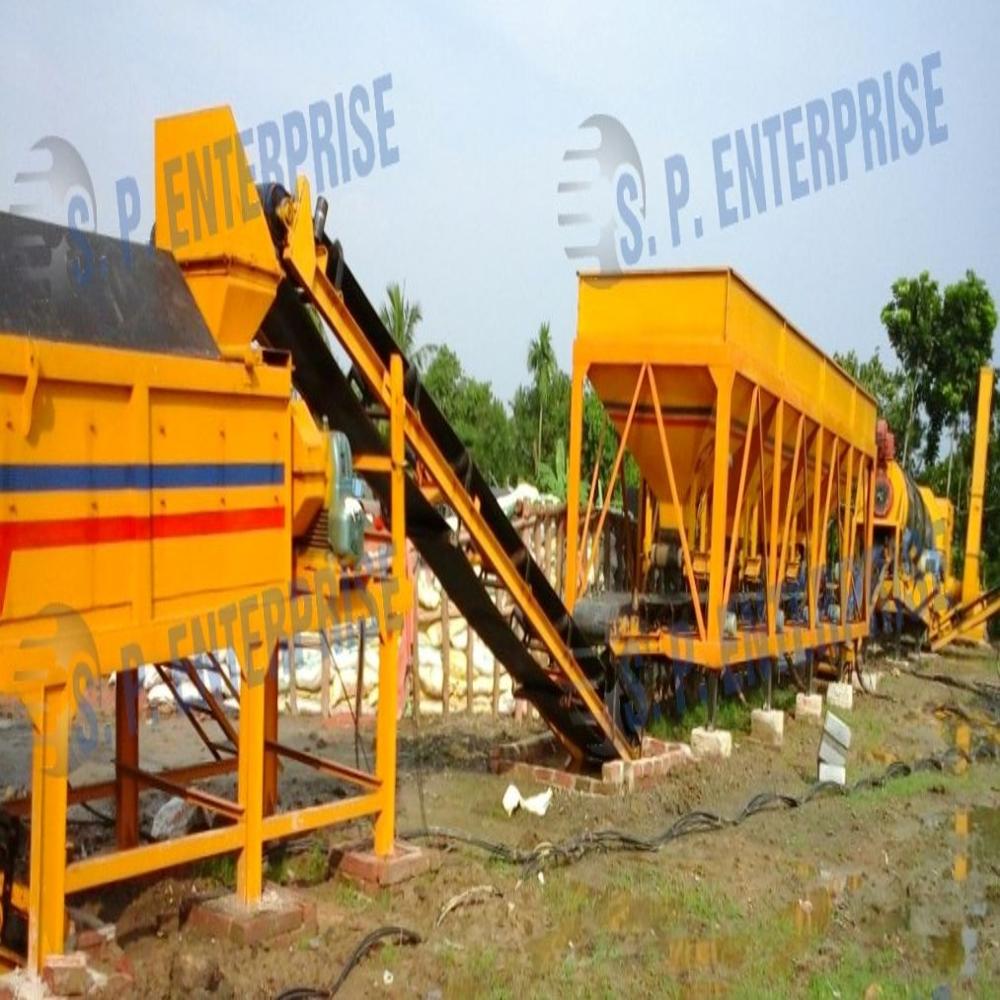
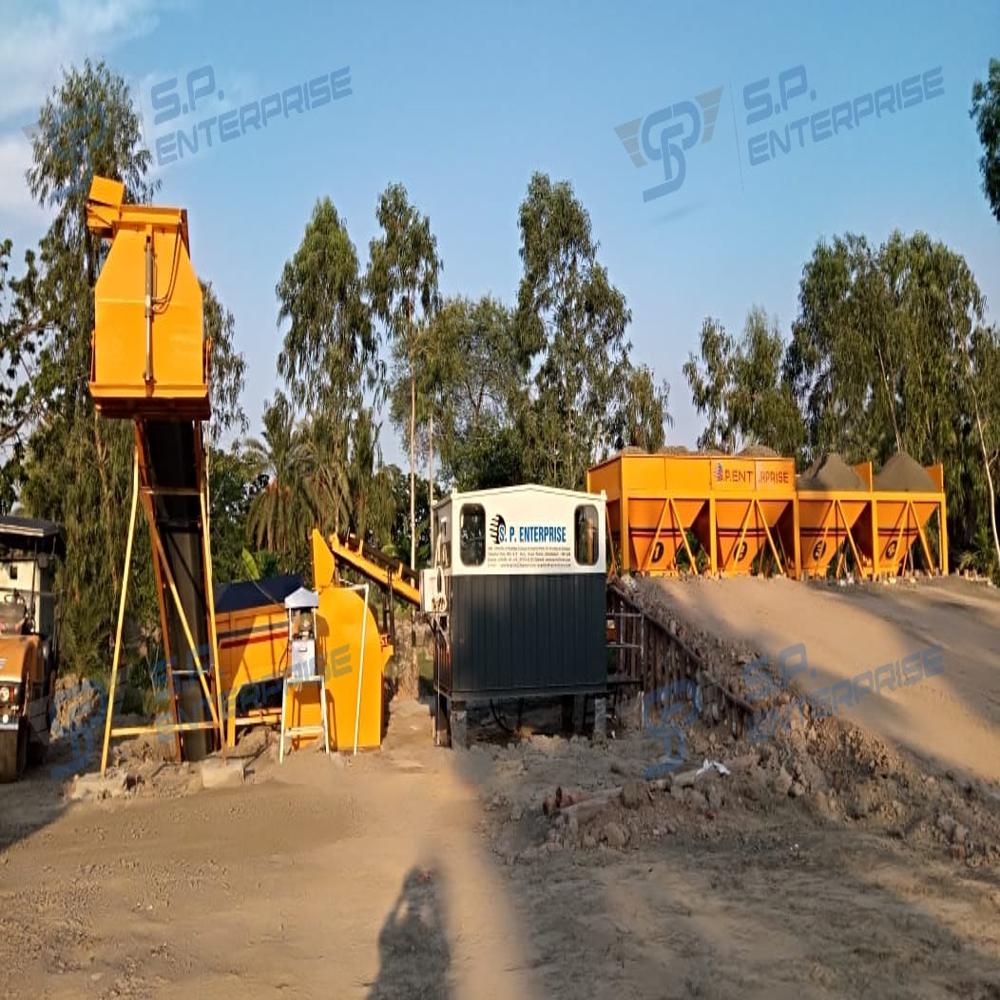


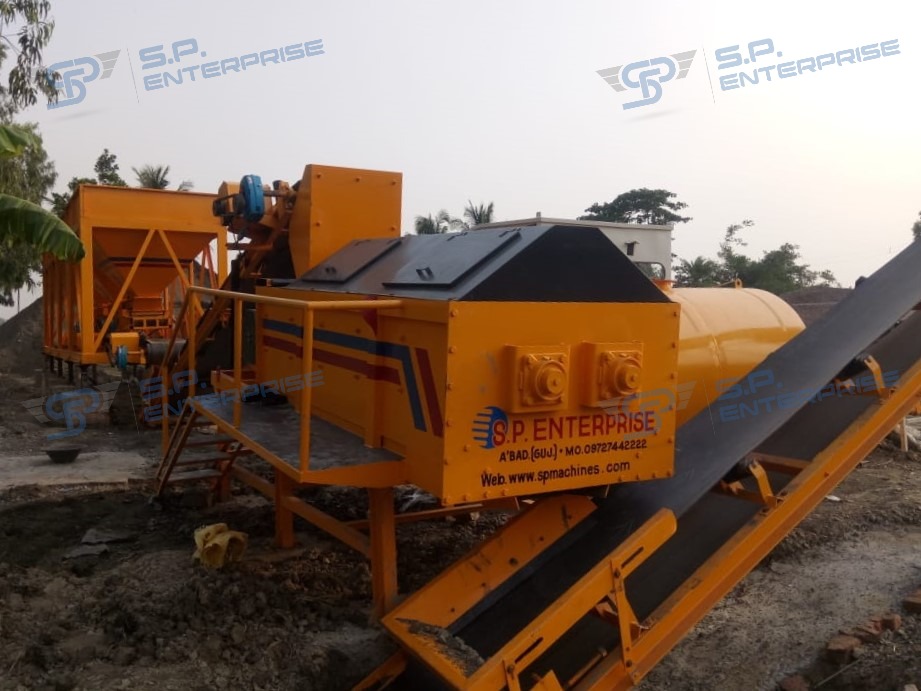

Tell us about your requirement

Price:
Quantity
Select Unit
- 50
- 100
- 200
- 250
- 500
- 1000+
Additional detail
Mobile number
Email
More Products in Wet Mix Macadam Plant Category
Wet Mix Macadam Plant
Price 2200000.0 INR / Unit
Minimum Order Quantity : 1 Unit
Automatic Grade : Automatic
Size : Different Size
Color : Yellow
Material : Mild Steel
Wet Mix Macadam Plant
Price 2400000.0 INR / Unit
Minimum Order Quantity : 1 Unit
Automatic Grade : Automatic
Size : Different Size
Color : White
Material : Mild Steel



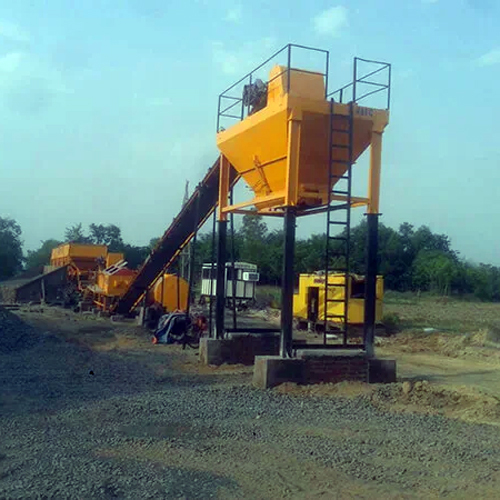
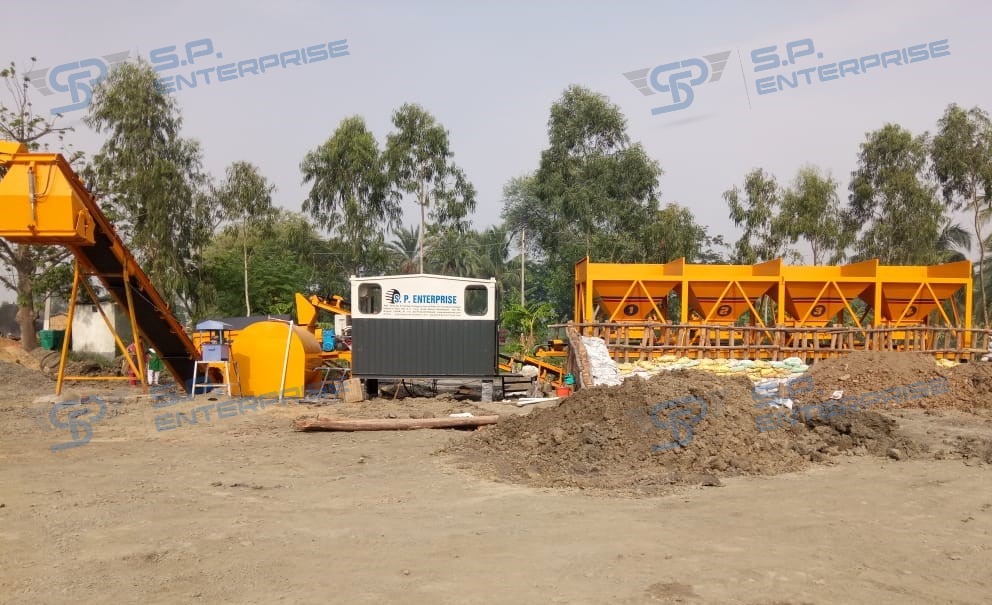


 Send Inquiry
Send Inquiry Send SMS
Send SMS Call Me Free
Call Me Free English
English Spanish
Spanish French
French German
German Italian
Italian Chinese (Simplified)
Chinese (Simplified) Japanese
Japanese Korean
Korean Arabic
Arabic Portuguese
Portuguese